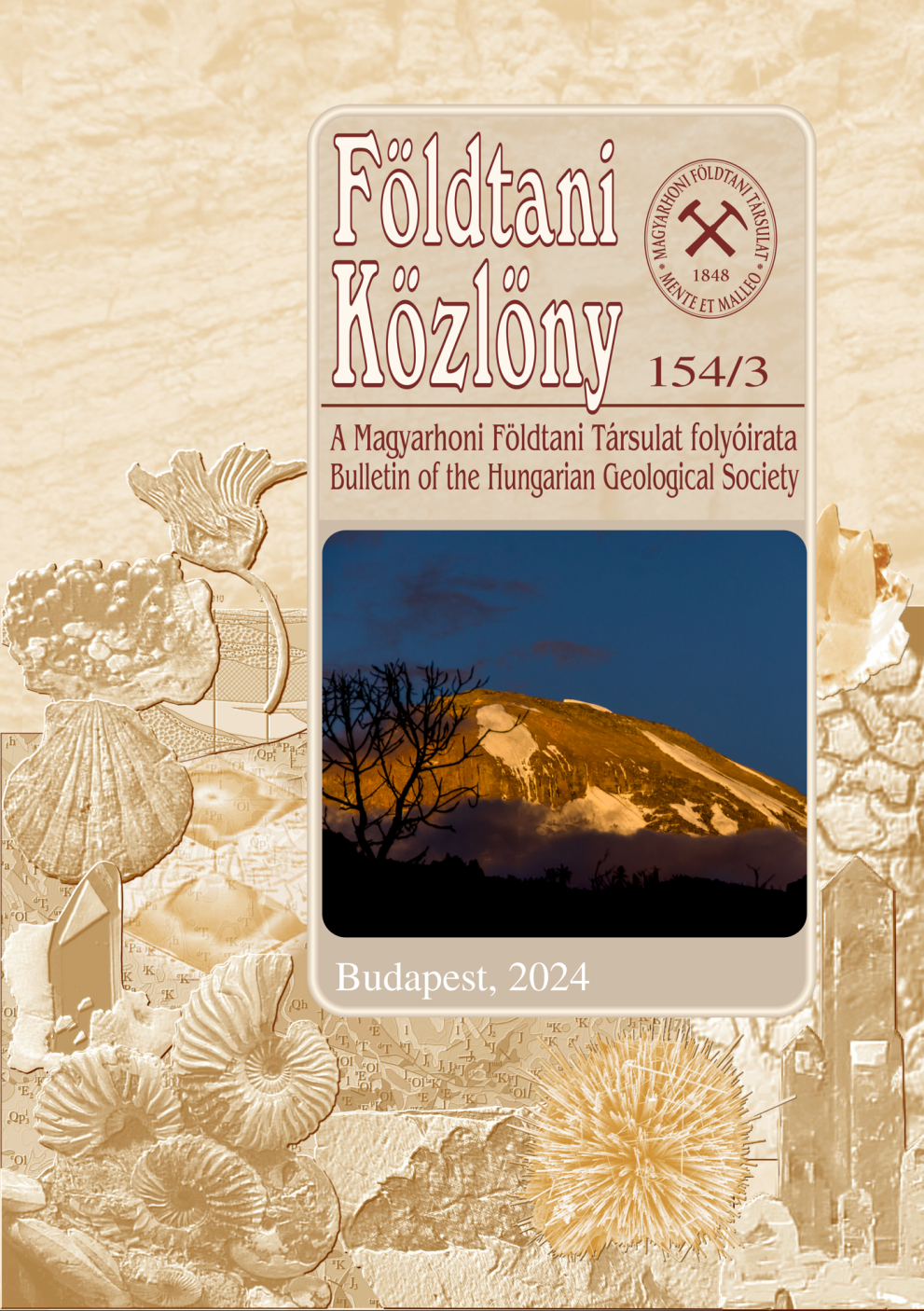Petrogenesis of the ultrapotassic trachyandesite at Balatonmária
Abstract
The Balatonmária Bm–1 borehole reveals a volcanic sequence about 200 m thick and 14–15 Ma old. It consists mostly
of massive and vesicle-rich lava flows often more that 20 m thick. The lava flows are interlayered with volcanoclastic
rocks and these contain fragments showing strong compositional similarity with the lava rocks. This study assumes that
this series could represent a lava-dome edifice.
The rock at Balatonmária is homogenous basaltic trachyandesite. It is abundant in clinopyroxene, mica and apatite,
and it contains smaller amount of olivine, orthopyroxene and feldspar. The clinopyroxene phenocrysts show remarkable
zoning patterns (normal, patchy and oscillatory zoning) which include multiple resorptions. The complexity of
compositional zoning in clinopyroxene together with mica phenocrysts, provides a detailed record of multiple mixing and
fractional crystallization. The most important magma chamber processes are the following: fractional crystallization of
clinopyroxene and mica from a relatively evolved magma in a chamber under high pressure, followed by the intrusion of
a primitive magma. This created convection and the formation of a highly inhomogenous zone of mixed melts. A
subsequent intrusion of a more mafic magma caused further mixing.
It is clearly noticeable that the clinopyroxene phenocrysts include abundant apatite inclusions. Apatite also frequently
occurs as microphenocrysts and groundmass minerals. They are fluorine-rich, having up to 6–7% of their weight as
fluorine content. Phlogopite is also fluorine-bearing. These facts suggest that the ultrapotassic magmas had a high Fcontent.
The source region of the ultrapotassic rocks could have been a clinopyroxene, mica and fluorine-apatite-bearing
veined lithospheric mantle, enriched by a subduction component. The formation of the magmas is probably related to the
thinning of the lithosphere beneath the Pannonian Basin during the Badenian, this caused decompression melting of the
veined lithospheric mantle.











